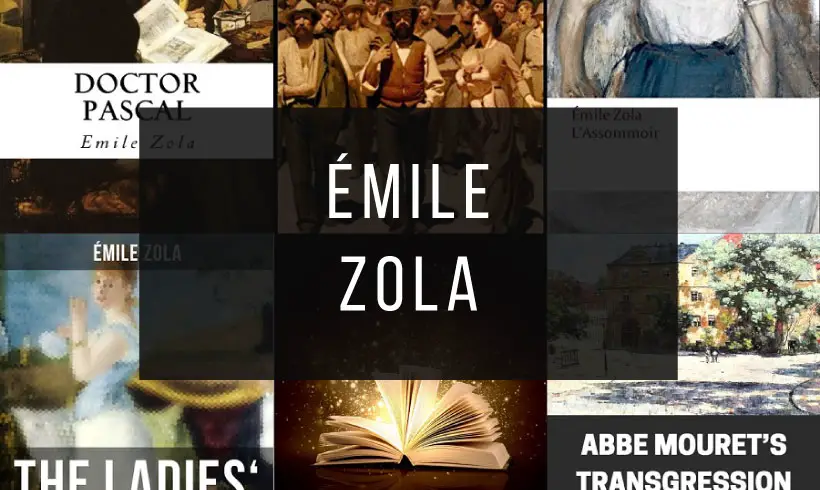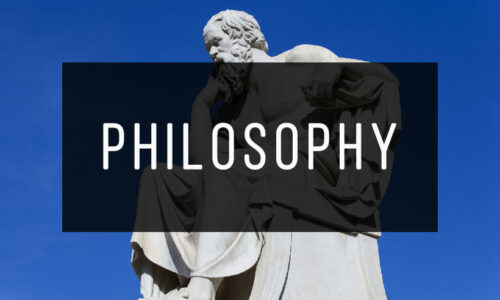Discover the powerful and gripping works of Émile Zola with our free collection of Émile Zola books in PDF format.
Émile Zola, a pioneer of naturalism, is renowned for his vivid storytelling and unflinching exploration of social issues, offering readers a raw and realistic portrayal of 19th-century life.
From the sweeping family saga of The Rougon-Macquart series to standalone classics like Germinal and Thérèse Raquin, Zola’s works delve into themes of class struggle, ambition, and human resilience.
Perfect for fans of literature that blends drama with social commentary, this collection invites you to experience the brilliance of an author whose influence shaped modern storytelling.
Download these Émile Zola books in PDF now and step into the world of a literary master who brought realism to life with unparalleled passion.
1) Abbe Mouret's Transgression
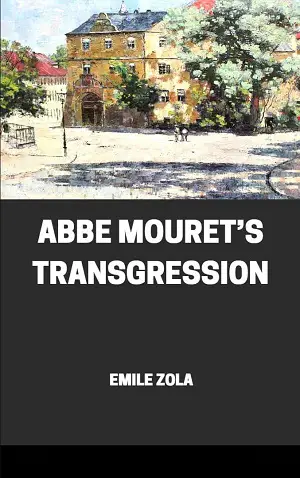
Abbe Mouret's Transgression, though little known, is one of the best novels by the father of naturalism.
Far from responding to the dictates of the usual normative label, which defines this literary movement as a mere and complacent exposition of human abjection, this novel explicitly recovers, even more than others, a joyful and fruitful affiliation of Zolian writing with the primordial naturalistic spirit of the 18th century. The result is a masterpiece in which this literary appellation acquires its full meaning.
The young Abbé Sergius Mouret lives in a remote parish with his sister Desirée. Humble and kind, he affirms that sinners should not despair and so he goes to meet their weaknesses to lead them to their salvation.
2) Doctor Pascal
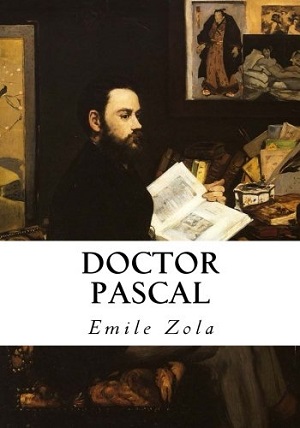
Doctor Pascalis the last work in Les Rougon-Macquart's series of 20 novels published in 1893. We have Pascal Rougon, a doctor from the fictional town of Plassans, who has devoted his life to studying the influence of heredity and environment on people, using his own family as a case study.
He believes that health and physical and mental development can be classified according to the interplay between innateness and heredity, and based on his theories about the latter, he chronicles his family's life by classifying the 30 descendants of his grandmother Adelaïde Fouque.
For him, the search for and discovery of truth lies in the science of heredity. He has also created a serum to cure hereditary diseases and improve life, whose niece Clotilde has encouraged him to destroy, considering that Pascal challenges the omnipotence of God.
3) Germinal
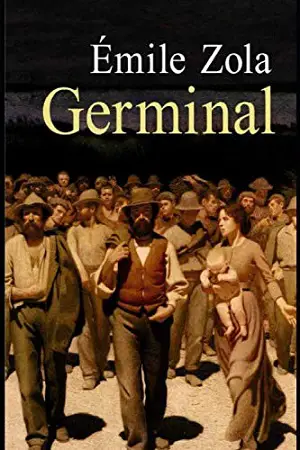
Germinal(1885) is the thirteenth novel of the twenty volumes that Émile Zola wrote as part of the Les Rougon-Macquart series.
The novel is a harsh and realistic story about a miners' strike in northern France in the 1860s. It has been published and translated in more than 100 countries and has inspired five film adaptations, two television productions and a musical.
The story is set in France, in a village where life revolves around the coal mines, the place where most families earn their livelihood; every member of the families working there becomes practically a slave to the mine, earning poverty wages, wearing themselves out and running the risk of not going home every moment of the day.
4) His Masterpiece
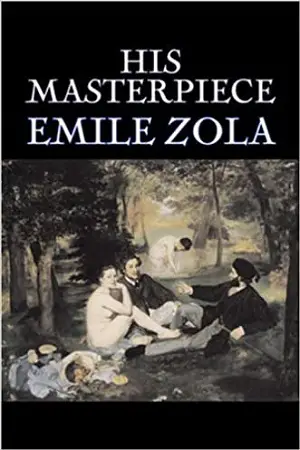
His Masterpiece, also known as The Masterpiece, is a novel that belongs to the Les Rougon-Macquart series. It was published as a novel in 1886 and in the magazine Gil Blas a year earlier. Its title refers to the struggle of the protagonist Claude Lantier to paint a great work that reflects his talent.
Lantier is a pioneering and innovative artist whose work is misunderstood by a public tied to traditional themes and techniques. Many of the characteristics Zola gives Lantier are a blend of several impressionist painters, such as Claude Monet, Édouard Manet and his friend Paul Cézanne.
The story paints a fairly accurate portrait of mid-19th century Parisian art, depicting the bohemian art world of the time. It also explores the rise of realism, naturalism and impressionism in painting, while analyzing other arts such as sculpture, literature, architecture and music.
5) L'assommoir
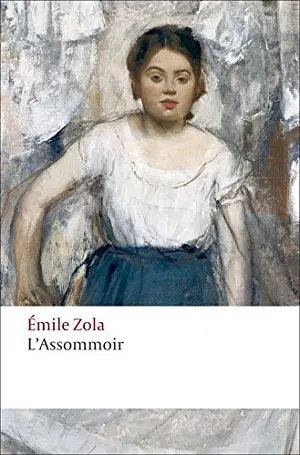
L'assommoir,considered a resounding commercial success, is the seventh novel in the Les Rougon-Macquart series, published in 1877. It deals with the themes of alcoholism and poverty in the working-class neighborhoods of Paris. The story introduces us to Gervaise Macquart and her two children, abandoned by Lantier, who was her lover.
Later, Gervaise marries Coupeau, which gives rise to one of Zola's most famous passages. Happiness reigns around the couple, which increases with the birth of their daughter Anna. In addition, Gervaise manages to raise enough money to open her own laundry.
But, unfortunately, this happiness is ruined due to certain circumstances, one of which is that Coupeau falls off a roof injuring himself, and during his convalescence he indulges in drinking, which leads him to alcoholism. Although Gervaise tries to keep her household together, her husband has become abusive and good-for-nothing.
6) Nana

Nanais one of the most representative works of the writer Émile Zola, French author of the nineteenth century, father of the naturalist movement and its greatest exponent.
Nana was published in 1880. The title of the work refers to the nickname given to the protagonist, Anne Copeau, a descendant of the Macquart family line, belonging to the bastard branch of the family, influenced by the defects of genetic inheritance, as indicated by deterministic thinking.
This novel belongs to the series Les Rougon-Macquart, a collection of 20 works by this author, among which stand out, along with this one, The Beast Within and Germinal.
7) Piping Hot
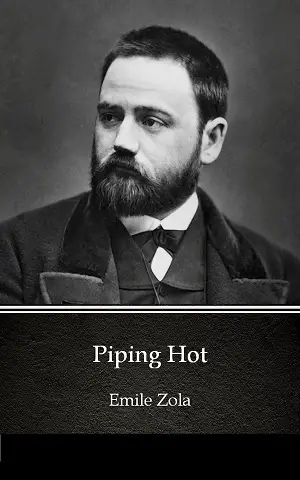
Piping Hotis the tenth novel in Les Rougon-Macquart series, published in book form in 1883. It narrates the activities of the inhabitants of an apartment building located in the Rue de Choiseul over the course of two years. These individuals, although they have different occupations, belong to the same social class.
This novel deals with the domestic life of the middle class, it is also a satire of the bourgeoisie and its customs, alluding to greed, ambition and depravity. The characters are: The Campardons, the Duveyriers, the Josserands, the Vabres and the Pichons.
We are introduced to Octave Mouret, a handsome young man who moves into the building and begins an affair with Madame Pichon. He then begins an affair with Berthe, wife of Auguste Vabre, and they end up being discovered. We also have the concierge, who knows the secrets kept by the characters while turning a blind eye to everything that happens.
8) The Downfall
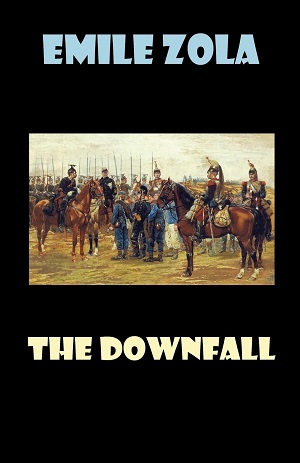
The Downfallis a novel that begins in the summer of 1870, in the run-up to the political conflicts that ended the reign of Napoleon III. It deals with the brutality of war for civilians and soldiers, the loss of loved ones and economic hardship.
Its protagonist is Jean Macquart, a peasant who enlists in the army after losing his wife and land. The French army corps to which he belongs is transferred from one side to the other without having seen battle, which increases the demoralization and fatigue of the soldiers, meanwhile Macquart befriends another soldier, Maurice.
When the French army is taken prisoner, both manage to escape and after other events take different paths. In 1871, Macquart rejoins the French army in the service of a new government and there is a popular uprising in Paris during which he mortally wounds Maurice, who fights on the side of the insurgents.
9) The Fat and the Thin
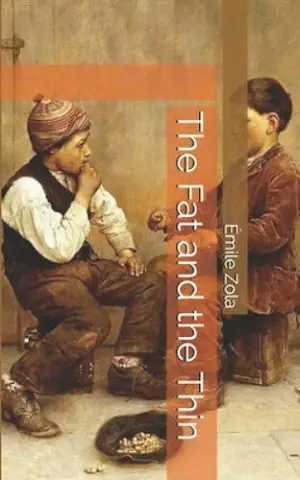
The Fat and the Thinis a novel that deals entirely with the working class and the hardships it suffers, being the third in the Les Rougon-Macquart series. It is set in the busy and bustling central market of 19th century Paris, Les Halles, a wholesale and retail center considered a landmark of modernity in the city.
Zola's descriptions of the scenes, places and smells are vivid, allowing the reader to feel present. He also gives us a glimpse into the culture and politics of France at the time, with strong characters from the lower and middle classes.
We are introduced to Florent, who works in the market as a fish inspector and is an escaped political prisoner from penal servitude in Cayenne. There is also Lisa Quenu, Florent's prosperous and selfish sister-in-law, who, tired of his presence, denounces him to the police.
10) The Ladies' Paradise
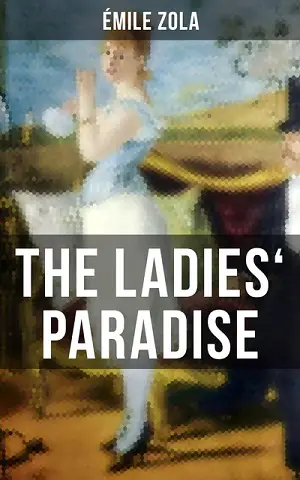
The Ladie's Paradiseis the eleventh volume of the Les Rougon Macquart series, published in 1883.
The Ladies' Paradise tells the story of a young provincial girl, Denise Baudu, who arrives in Paris after the death of her parents in search of help. She is accompanied by her two younger brothers, Jean and Pepé. They are on their way to the store of their uncle, who once promised them his support.
Denise had worked in her hometown as a clerk in a clothing store and hoped that her uncle would employ her in his store, "Old Elbeuf". But the small trade in that part of Paris is in decline due to competition from a department store, "Ladies' Paradise".
These new department stores bring to ruin the old shopkeepers, unable to adapt to the new tastes of the time. After various vicissitudes, Denise enters as a sales clerk in "Ladies' Paradise", to the chagrin of her family.
11) Therese Raquin
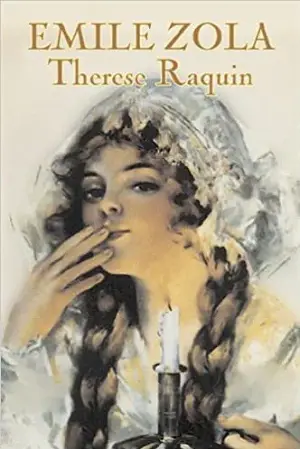
Published in 1868, it was Zola's first novel that achieved great fame. It tells the story of Thérèse, who after the death of her mother, her father takes her to live with her aunt, Madame Raquin and her son Camille. The two grow up together and her aunt, who may seem well-meaning but is actually a selfish woman, forces them to marry when the young woman turns 21.
While married she is unhappy, as her husband is a spoiled and self-centered man. Later Thérèse becomes involved in a torrid affair with Laurent, a childhood friend of Camille's, and infatuated with the idea of being together permanently she has the idea of killing her husband.
Thérèse Raquinwas a somewhat controversial and scandalous novel for its time, due to the adultery along with other events that take place in the work.


